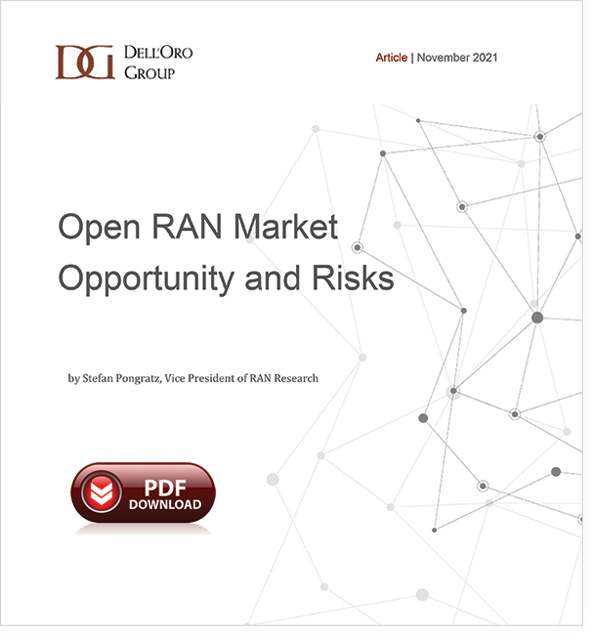Summary
The entire mobile infrastructure ecosystem has delivered beyond expectations, managing diverging supply and demand trends, with mobile data traffic growing at a 70% CAGR and RAN and wireless carrier revenues advancing at a 1% CAGR, respectively, since the first 3G iPhone was introduced in 2008.
 While no one is questioning whether the current model is working, the industry is exploring the possibility as to whether anything can be done to improve the existing model and accelerate innovation, as this would ultimately provide service providers and enterprise with the best foundation to proliferate connectivity securely across society and support another 20x to 100x of data traffic growth over the next decade.
While no one is questioning whether the current model is working, the industry is exploring the possibility as to whether anything can be done to improve the existing model and accelerate innovation, as this would ultimately provide service providers and enterprise with the best foundation to proliferate connectivity securely across society and support another 20x to 100x of data traffic growth over the next decade.
As the telecom industry as a whole is moving away from hardware-driven models toward more virtualization and software, Open RAN and virtualized RAN (vRAN) are increasingly viewed as architectures that could potentially help address some of the underlying supply-and-demand-related challenges that characterize this market.
The Open RAN movement has come a long way in just a few years, surprising even the most ardent skeptics. The shift from proprietary RAN toward Open RAN became significant in 2020 and the momentum with both commercial deployments and the broader movement continued to improve during the first half of 2021, bolstering the idea that Open RAN is here to stay.
With Open RAN now projected to account for more than 10% of the overall RAN market by 2025, we also need to keep in mind that we are still in the early days of the broader Open RAN transition, especially with regard to brownfield networks.
Risks surrounding the growth projections remain significant and broadly balanced. The improved momentum combined with positive performance and TCO Open RAN developments could foster stronger market adoption than had originally been expected. Similarly, government funding focused on improving RU/DU/CU (silicon and software) technologies, accelerating interoperability testing, and incentivizing operators that embrace the Open RAN architecture could result in a more favorable outcome.
At the same time, technology readiness on the part of new RAN suppliers, weaker-than-expected performance and TCO with Open RAN in high-traffic areas, cost/energy challenges with vRAN, asynchronous progress with the radio and baseband ecosystem, and excessive fragmentation could together act as a drag on the development of the Open RAN market.
Understanding the upside and downside risks will be important for suppliers, operators, investors, and governments seeking to capitalize on this opportunity.
This article is covering the following topics:
- Why Use Open RAN and vRAN?
- Market Opportunity
- Market Status and Forecast
